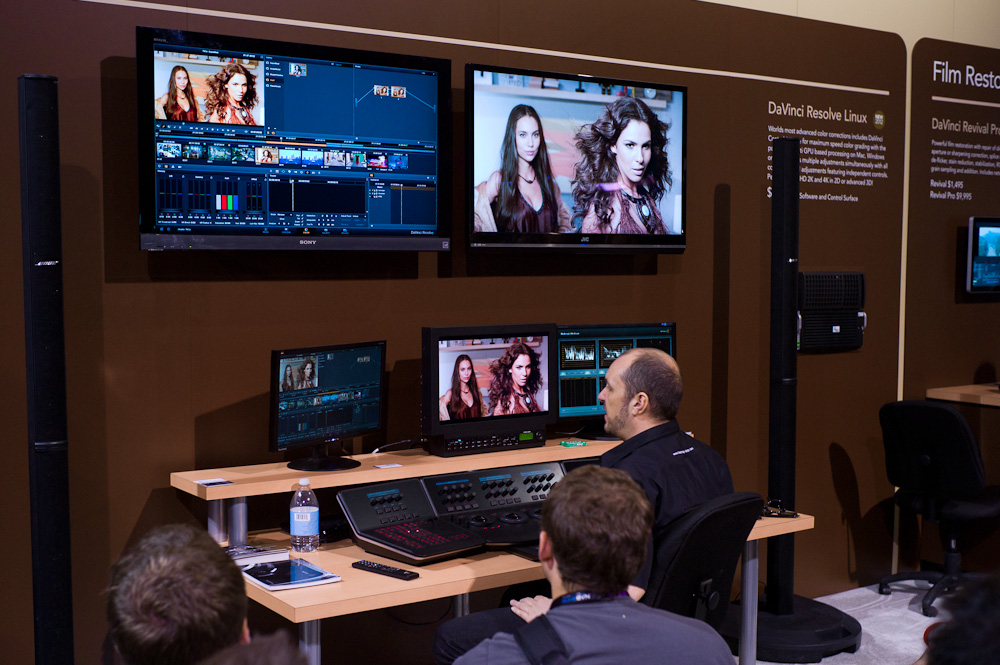ITU sets standards for Ultra HD
/ITU sets standards for Ultra HD
May 21, 2012
Re-Blog via Broadcast Engineering
http://broadcastengineering.com/news/itu-standards-ultraHD/
BEGIN >
The London Olympics will provide the first live trials of Ultra High Definition TV (UHDTV) based on standards finally agreed last week by the International Telecommunications Union (ITU) after a decade of research and development in which the EBU was heavily involved.
This was heralded a major milestone in the history of TV displays as momentous as the advent of color TV by the EBU.
“It has been a long journey, but we are delighted to have arrived at this point and pleased that the EBU has been able to make a contribution to broadcasting history,” said Lieven Vermaele, EBU director of technology and development.
The ITU has defined the UHDTV standards, 4K and 8K, as multiples of the existing 1080p1920 format defined in the ITU-R Rec. 709 standard. HD 1080p, at present often referred to as full HD, displays at a resolution of 1920 pixels wide by 1080 high in progressive scan, corresponding to a widescreen aspect ratio of 16:9. Various frame rates are supported including 24, 50 and 60.
4K is defined simply by doubling 1080p1920 in each direction to yield pictures with four times the spatial resolution, at 3840 pixels wide by 2160 high, which is 8 mega pixels. 8K then doubles up again to resolution 7680 wide by 4320 high, spatially 16 times 1080p, or 32 mega pixels. But, the ITU has also added support for a higher frame rate option of 120, which experiments have shown may be necessary for accurate portrayal of motion at these very high resolutions on large wall sized displays.
Without the corresponding increase in frame rate, there is a danger that UHDTV will display brilliant images of slow moving action, but then exhibit slight jerkiness for high speed shots in some sporting events for example.
The bandwidth implications of these standards will alarm some operators and broadcasters, for an 8K programme running at the full 120 frames per second would require 320 times the bit rate of current HD transmissions given that these are often not yet even 1080p, but usually either 720p or interlaced 1080i. But, as the EBU pointed out, these new standards are unlikely to start working their way into mainstream transmissions for the best part of a decade.
That will coincide with the introduction of new frameless displays in which picture size can vary, and that blend into the background when not in use. Some vendors of pay-TV software are already developing platforms in anticipation of Ultra HD delivery to such large screens. For example, UK-based conditional access and middleware vendor NDS has a platform called Surfaces that was first demonstrated delivering 4K UHDTV to large displays at IBC 2011 in Amsterdam.
Most broadcasters will first upgrade to full HD at 1080p, which will for now meet all quality expectations, certainly for screens up to 60 inches diameter. For example, in the UK, the Freeview HD platform used by the BBC and ITV has been specified to provide full HD capability.
But although UHDTV may be some years away for TV, the 4K version has already been adopted for digital cinematography and computer graphics, using slightly different resolutions than the new ITU standard. 4K is also supported by YouTube, the only video hosting service to do so, in a different version again, allowing uploading of 4K videos at a resolution of 4096 x 3072 pixels, or 12.6 megapixels.
Read more: http://broadcastengineering.com/news/itu-standards-ultraHD/#ixzz1vYLQaw8O
END >

























 © 2021 Bennett Cain / All Rights Reserved /
© 2021 Bennett Cain / All Rights Reserved /